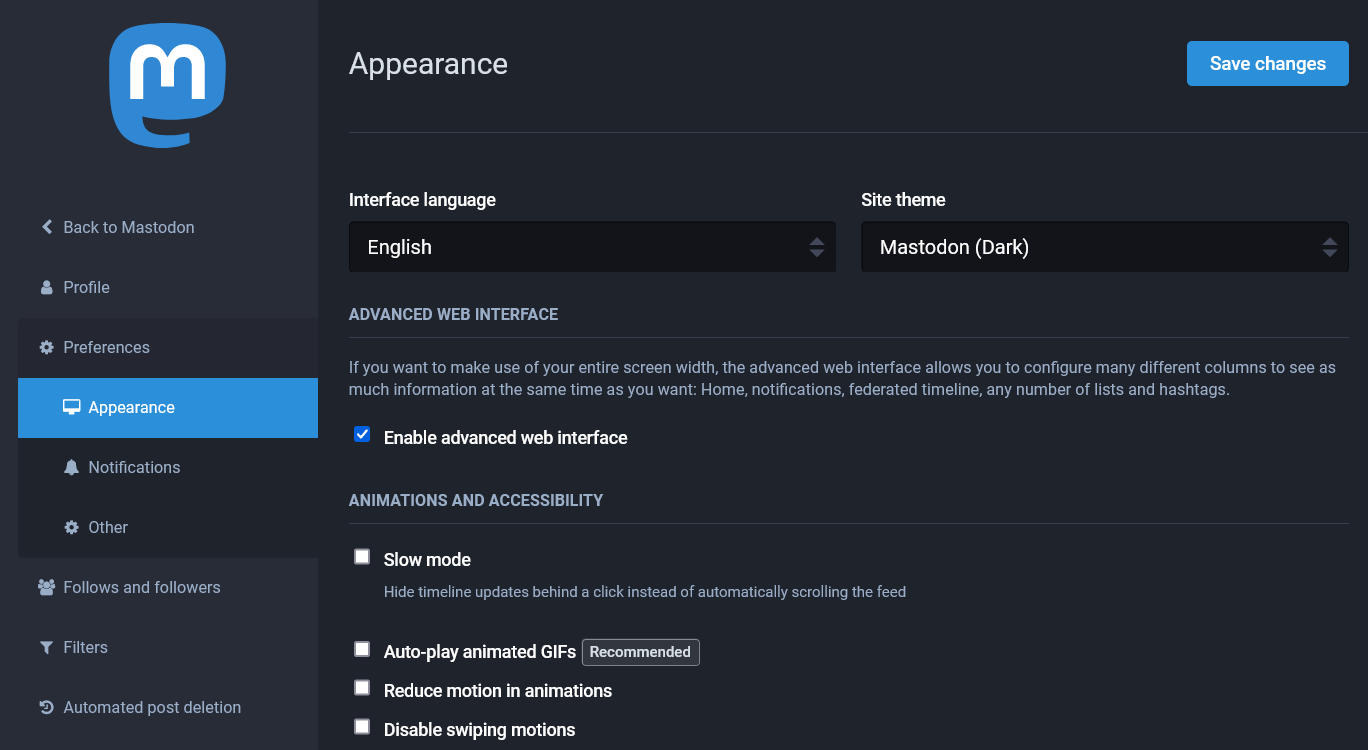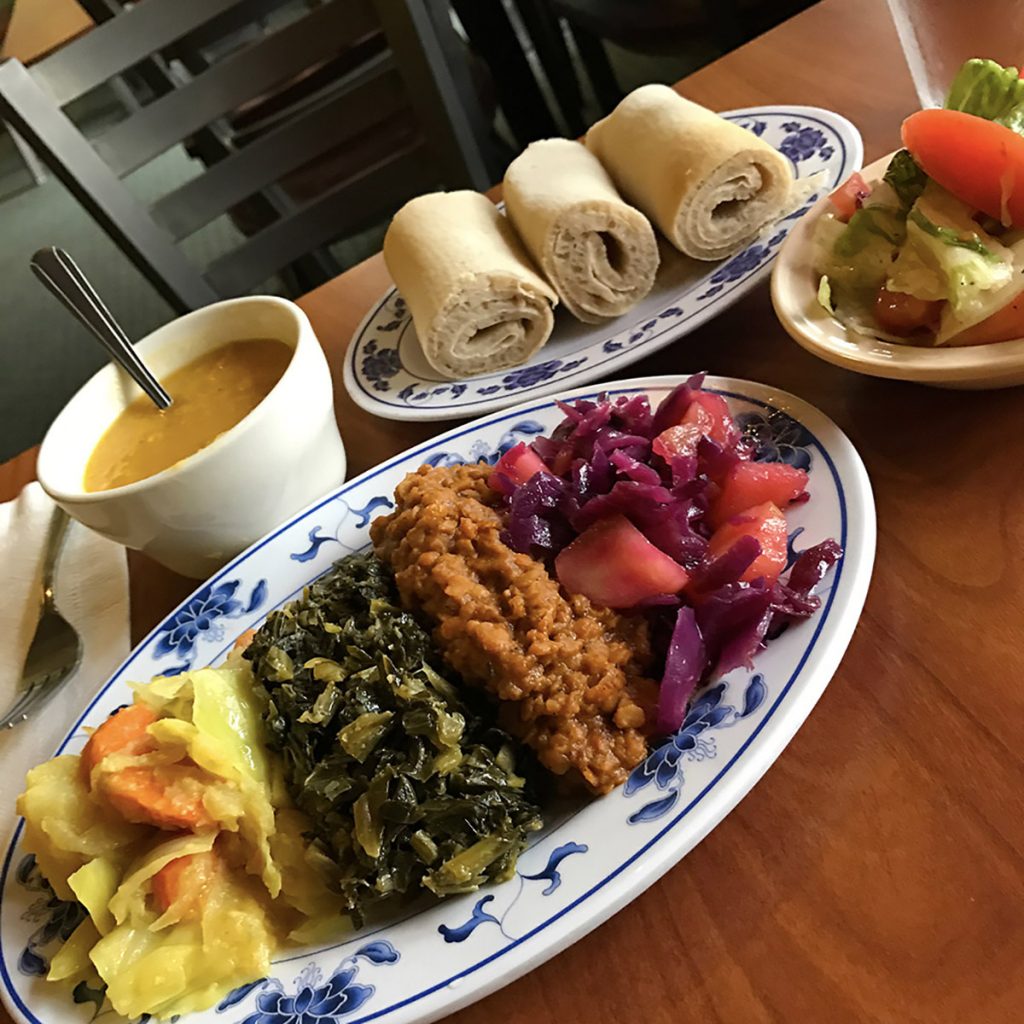I’ve started a new guide to Mastodon and the Fediverse which you can find here.
Social Media
Social Media After Twitter: Mastodon and other Social Media Alternatives
With the Facebook monopoly crashing and Twitter being bought by a narcissistic billionaire who intends to run it as his emerald-encrusted soapbox, what are social media alternatives? Adoption of alternatives may seem insurmountable given the switching costs keeping Facebook and Twitter users locked in, but two generations of young people did manage to quit Facebook for TikTok and other services. I’m starting this series to explore the alternatives out there. You may find one that really you really like for work, family connections, hobbies and interests, or even fan communities.
I will start this series by trying out three services, or, perhaps they are networks or protocols. Social media alternatives these days are structured as decentralized networks and protocols. The goal is usually to put control of the social media profile into the hands of the users. You own your data and identity.
At the end of these updates, I will share the latest articles and guides that I’ve run across.
Mastodon – The growing exodus in recent weeks from Twitter has mostly gone to Mastodon, which isn’t surprising given that it has an existing user base and feels ready to go. Signing up to an account feels similar to joining any other app, website or social media platform. The timelines look similar, but there are some important difference in how the network functions.
Servers: While you can sign into your account(s) at the Mastodon website, you need to get an account on an instance. There are lots of popular instances that are open to new users, often centered around a specific interest, profession, language, country or region. I’ve set up accounts on instances like Mastodon.art (currently closed to new members) and mastodon.gamedev.place. I’ve joined one for RPG players and developers, as well as a private one run by a friend (which I will use for my main IRL Mastodon presence).
While one of the main goals of the decentralized Fediverse is for users to have total control of their identities (you own and control your own data), portability of credentials across instances and platforms doesn’t appear to be seamless yet. You have to set up an account on each instance. This means you have to track passwords and log-in meta, but this can be useful if you want to present different identities to various communities.
Following people: How do you follow people on other instances? It’s a network, so you just need to know their name and instance. Like this: @prairiepirate Use this format to search for people. You can still follow people as they show up in your timelines and when your friends and peers share posts.
Moderation and instance culture: Every instance in the Fediverse network can set their own moderation policies. Kind of like how the Internet has always functioned. There is no central moderation authority. Many instances have very organized moderation guidelines. Make sure you read them before you join.
Instances also have their own culture which may be tightly enforced or may be more informal. The arts instance I joined vigorously encourages people to add image meta to all graphics and photos (this is something that people should do everywhere). Mastodon makes it really easy to add accessibility meta. Instances also may ask you to hide all news related posts to other users can choose to opt in to see what you are sharing.
Important tweak to improve your timeline layout: Mastodon and similar apps look good on mobile, but how do you optimize the layout for desktop? When you are logged into your account, click on Profile and under Preferences >> Appearance tick the box next to “Enable advanced web interface.” You’ll get a layout like the second image.


Self-hosting: Can’t find an instance that meets your needs or interests? You can set up your own instance, if you are willing to pay monthly costs for managed hosting, or for “free” if you know how to set up software on your own hosting. Masto.host was offering Mastodon instance hosting with a variety of plans, but currently has suspended new sign-ups. Yes, the Twitter exodus is a flood.
Fediverse Directories
Guides
Development
Articles
- We Joined Mastodon. Here’s What We Learned About Privacy and Security
- CBC Should Start Their Own Mastodon Server
- Mastodon’s Moment
- ‘Could this be Twitter without the toxic slurry?’ My week on Mastodon
- Chaos on Twitter Leads a Group of Journalists to Start an Alternative
- I told my team to pause our $750K/month Twitter ads budget last week
Similar Apps
- BookWyrm – Social Reading and Reviewing, Decentralized
Why Restaurant Lighting Matters
Instagram. Social media. Is your restaurant fully optimized to enable your customers to show how much they love your food, restaurant, concept and staff? If your goal is to build a base of loyal, repeat customers, you want to do everything possible to encourage fans of your business to tell their friends and family and world about your restaurant. The best form of publicity has long been word-of-mouth recommendations. These days, sharing photos on social media platforms is the best form of organic, word-of-mouth advertising.
Is your restaurant’s physical space optimized for customers taking photos? Is your restaurant adequately lighted, or, is it dark to create some kind of “mood”? Are your windows open to outside during the day or are the windows shuttered or blacked out entirely? Are your tables, place settings, and dinnerware conducive to people taking pictures?
You are probably familiar with restaurants which have their windows blacked out and ones with no outdoor windows at all. Of course, a restaurant might be located inside a bigger building, like a mall, so outside lighting via windows isn’t available. For many years, restaurants blocked outside light to create a mood in the restaurant. But in this era, if you have windows and daylight hours, it’s important to put that natural light to work for you.

Lighting inside your restaurant is critical too. While it’s expensive to remodel and install the latest lighting fixtures and systems, if you are remodeling, make sure you are keeping social media sharing in mind.
It’s not necessary to have bright lighting, as most cell phone cameras can take awesome pics without a flash and even in low light. But don’t make things darker (unless you have the romantic dinner thing going).

Social media friendly lighting in restaurants is also about colors, textures, patterns, and materials. Do the colors in your restaurant photograph well with your food, the plates, the table surfaces and backgrounds? Are the colors and decor presenting your concept in a photogenic way? Does the restaurant have interesting characteristics that people will find worth sharing on social media? Interesting pictures? Old signs? Traditional cultural objects?
Does your restaurant’s tables have interesting colors and textures that photograph well with your food? This may seem like a silly detail, but word-of-mouth sharing on social media is trusted more by potential diners than advertising or Yelp reviews. People trust what their friends and family are excited about. You want to cultivate fans, who become frequent diners, not somebody just trying your restaurant out one time for some cheap deal.
And have fun! Take your own pictures and share them!


